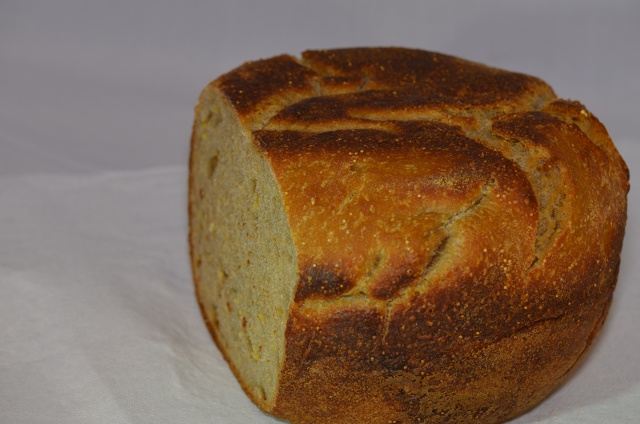Teff:
Teff grains are tiny in size yet packed with nutrition.
Teff is an annual grass native to the northern Ethiopian Highlands and Eritrean Highlands of the Horn of Africa.
The scientific name for what is generally called teff is "Eragrostis tef".
Eragrostis tef is the only fully-domesticated member of the genus Eragrostis (lovegrass). Its name is often assumed to be related to the word “lost” in Amharic – because of
the tiny size (less than 1mm diameter – similar to a poppy seed) of its seeds.
This tiny size of the seeds makes teff ideally suited to semi-nomadic life
in areas of Ethiopia and Eritrea where it has long thrived.
A handful of teff is enough to sow a typical field,
and it cooks quickly, using less fuel than other foods.
Teff thrives in both waterlogged soils and during droughts, making it a dependable staple wherever it’s grown. No matter what the weather, teff crops will likely survive, as they are also relatively free of plant diseases compared to other cereal crops.
Teff can grow where many other crops won’t thrive, and in fact can be produced
from sea level to as high as 3000 meters of altitude,
with maximum yield at about 1800-2100m high.
This versatility could explain why teff is now being cultivated
in areas as diverse as dry and mountainous Idaho and the
low and wet Netherlands.
Teff is also being grown in India, Australia and Canada.
In Kansas, the Kansas Black Farmers Association is experimenting with
teff – intrigued by both its connection to Africa and its market potential.[1,2}
- Quinoa
The Food and Agricultural Organization of the United Nations has officially declared that the year 2013 be recognized as "The International Year of the Quinoa." Proposed by the government of Bolivia and receiving strong support from many Central and South American countries, quinoa has now been singled out by the FAO as a food with "high nutritive value," impressive biodiversity, and an important role to play in the achievement of food security worldwide. [3]















